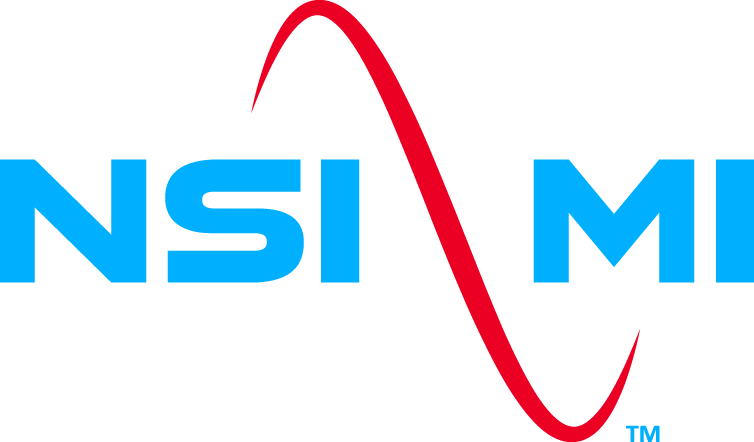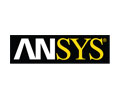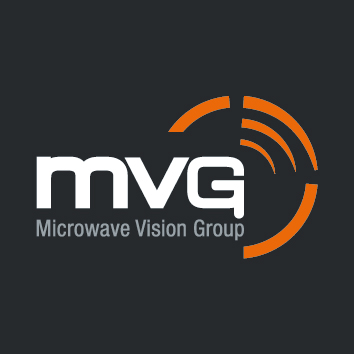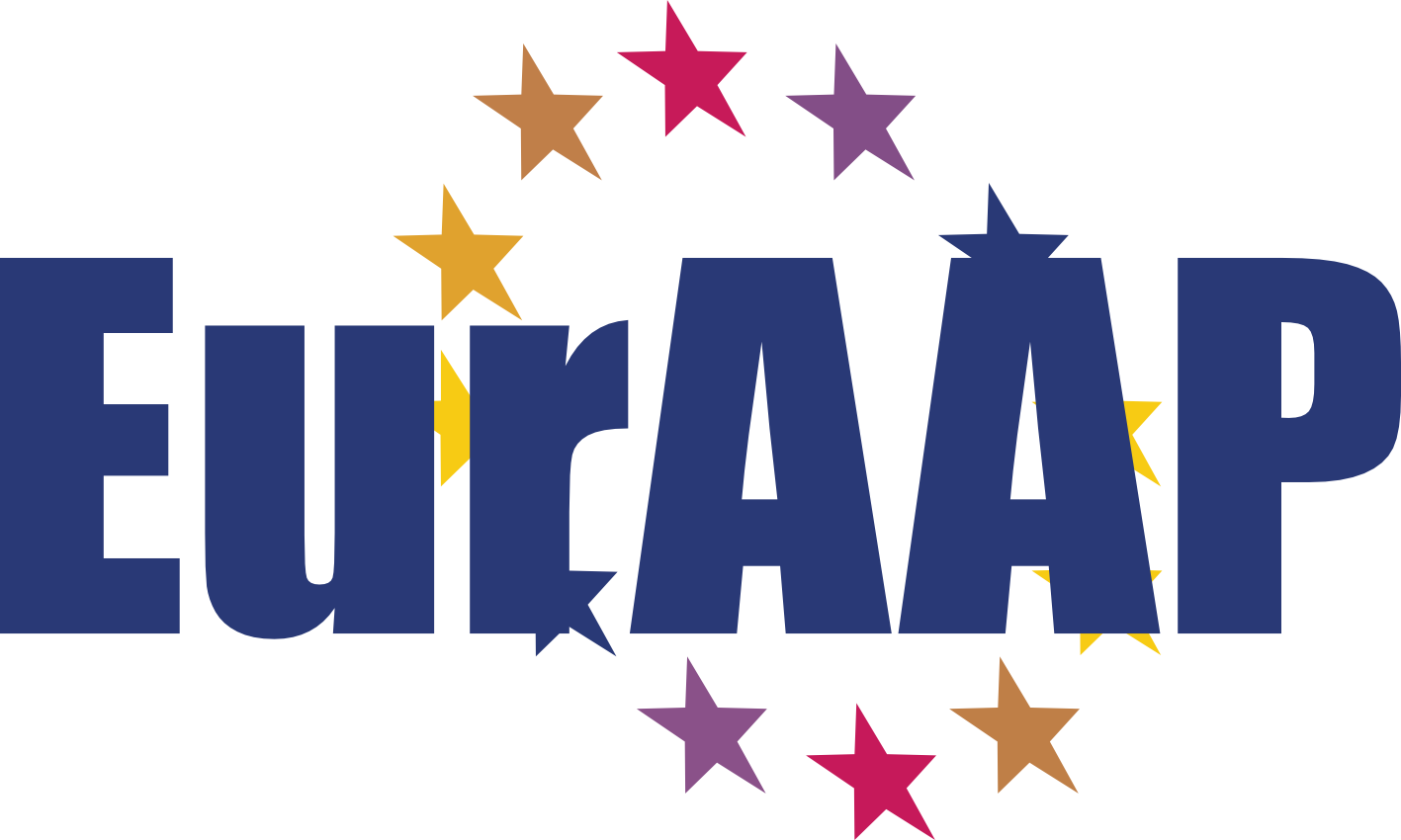Prof Cyril Luxey, University of Nice
Mm-wave antenna-system designs dedicated to high-data rate communications
Biography
 Cyril Luxey received the PhD degree in electrical engineering from the University Nice-Sophia Antipolis (UNS), France in 1999 with honours. From 2000 to 2002, he was with Alcatel, Mobile Phone Division, France, where he was involved in the design and integration of internal antennas for commercial mobile phones. In 2003, he was appointed Associate Professor at UNS and since 2009; he has been a Full Professor.
Cyril Luxey received the PhD degree in electrical engineering from the University Nice-Sophia Antipolis (UNS), France in 1999 with honours. From 2000 to 2002, he was with Alcatel, Mobile Phone Division, France, where he was involved in the design and integration of internal antennas for commercial mobile phones. In 2003, he was appointed Associate Professor at UNS and since 2009; he has been a Full Professor.
His current research interests include the design and measurement of Millimeter-wave antennas, antennas-in-package, plastic lenses and organic modules for mm-wave and sub-mm wave frequency bands.
Cyril Luxey has co-authored more than 300 papers in refereed journals and international conferences. He co-received the HW Wheeler Award of the IEEE AP-Society for the best application paper of the year 2006 and the Jack Kilby Award 2013 of the ISSCC conference. He also co-received several best papers in EuCAP, iWAT, LAPC, ICEAA and iWEM conferences. Since 2017, he has been an IEEE fellow.
Synopsis
Developing high data-rate wireless networks is of paramount importance to meet the growing demand of mobile services. To this end, millimeter-wave (mmW) System-on-Chip (SoC) approach in CMOS technology was extensively developed for the deployment of Gb/s wireless systems like WiGig at 60 GHz (up to 7 Gb/s). With the upcoming transition to 5G standard, large bandwidths (BWs) are now required to provide data rates higher than 10 Gb/s. MM-wave and Sub-THz frequency bands are strongly considered since BWs of several 10s of GHz are easily accessible.
Experimental 100 Gb/s wireless links using III-V photonic technology have been demonstrated above 200 GHz. Indeed, photonic transmitters feature naturally higher BWs (>50 GHz) than solid-state transmitters. However, either if a solid-state or a photonic based-link is employed to reach the aforementioned high-data rates, broadband efficient integrated Antenna-in-Package (AiP) are needed either as stand-alone antennas for short communication links or as antenna-sources of a larger quasi-optical radiator for long-distance communication links (>100m).
Significant advantages of this approach are high-volume manufacturing capability and high electronics integration level, both of which result in lower associated costs.
This presentation will discuss antenna-system performance already obtained using organic packaging technologies and 3D-printed quasi-optical antenna-solutions from 60 to 240GHz with point-to-point transmission link demonstration.








